I am surprised not to find a single Indian govt software being open sourced. This is despite the fact that most of them have horrible user experience and highly buggy. In all probability the code behind it would be equally poor.
 The govt. continues to spend crores of tax payers money to IT service providers to develop these abysmal portals instead of open sourcing it.
The govt. continues to spend crores of tax payers money to IT service providers to develop these abysmal portals instead of open sourcing it.
Examples of some portals that I used personally:
- Pune Municipal Corporation (PMC) complaint portal
- LIC portal
- IRCTC ticketing portal
- RTI portal
- MSEB bill payment
- I wont be surprised if this is true for most govt. sites/apps.
Each of them to say the least have poor user experience and worse is highly buggy. E.g., I logged a complaint in the PMC portal and got an email with ticket ID. To my surprise when I logged back in the portal after a week, there were 0 open, pending or closed tickets in my account!
Why open source?
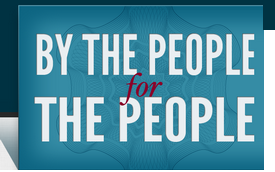
First of all its built using tax payers’ money. Why should be is hidden property unless there is some trade secret involved in it?
Secondly, why would every state, municipal and even country“reinvent the wheel”? E.g. if Pune builds a complaint management system, why should Pimpri Chinchwad have to build another one for itself? If Maharastra builds a software for vehicle management (RTO office) why should rest of the states build another? And just a different state, even someone in Sri Lanka or Nairobi can reuse it.
Thirdly, India has the highest number of programmers in the world. Most of them are bored or frustrated in their day job, and looking for an exciting side project to work on. They would be more than willing to contribute for free to such projects. Its not only exciting but also a sense of society contribution involved. Similarly students doing college projects are another source of free hours that can be utilized. As in any open source project, you need strong gate-keeping to ensure quality of code contributed is high. Its is very easily doable as is done in 1000s of open source projects across the globe.
Fourth, if and when, for whatever reason govt has to change the vendor who is in-charge of developing the portal, it will be very easy to make the transition since the code is publicly available. Govt wont be at the mercy of a single vendor for life.
Overall, “open source” is an important aspect of “open government” after “open data”. Its a no-brainier that all government projects have to be open source unless confidential information of national or trade secret is involved. Especially in the context of smart-city and digital India, this will be critical since government spend on IT is expected to go up exponentially.
Unfortunately, no one has come forward to do it. The only reason could be vested interests of the IT services companies i.e. cartel between decision makers and software companies. Naturally open sourcing is not great for them since it will mean lesser projects and worse their “code quality” will be exposed to the whole world.
Hopefully we will see this change in the near future. Being an open source product developer myself, I will be happy to help any organization in learning more and moving towards open sourcing their projects — for free of cost.
PS: We are developers of OpenSpecimen — an free and open source software for clinical research centers.
Guest Post by Srikanth Adiga, OpenSpecimen


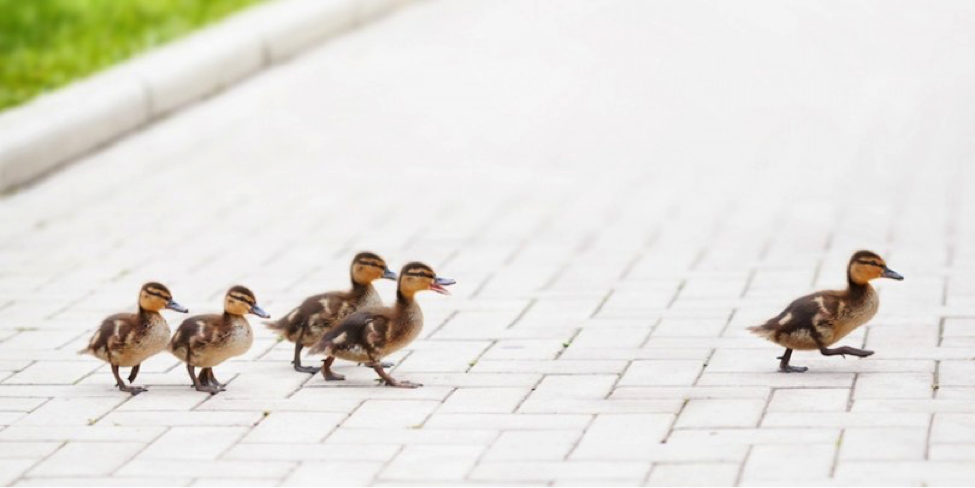 Hence, our principle is simple – “Let people come in for the utility. Present it in the simplest manner. And let them discover the power of a humane touch”.
Hence, our principle is simple – “Let people come in for the utility. Present it in the simplest manner. And let them discover the power of a humane touch”. 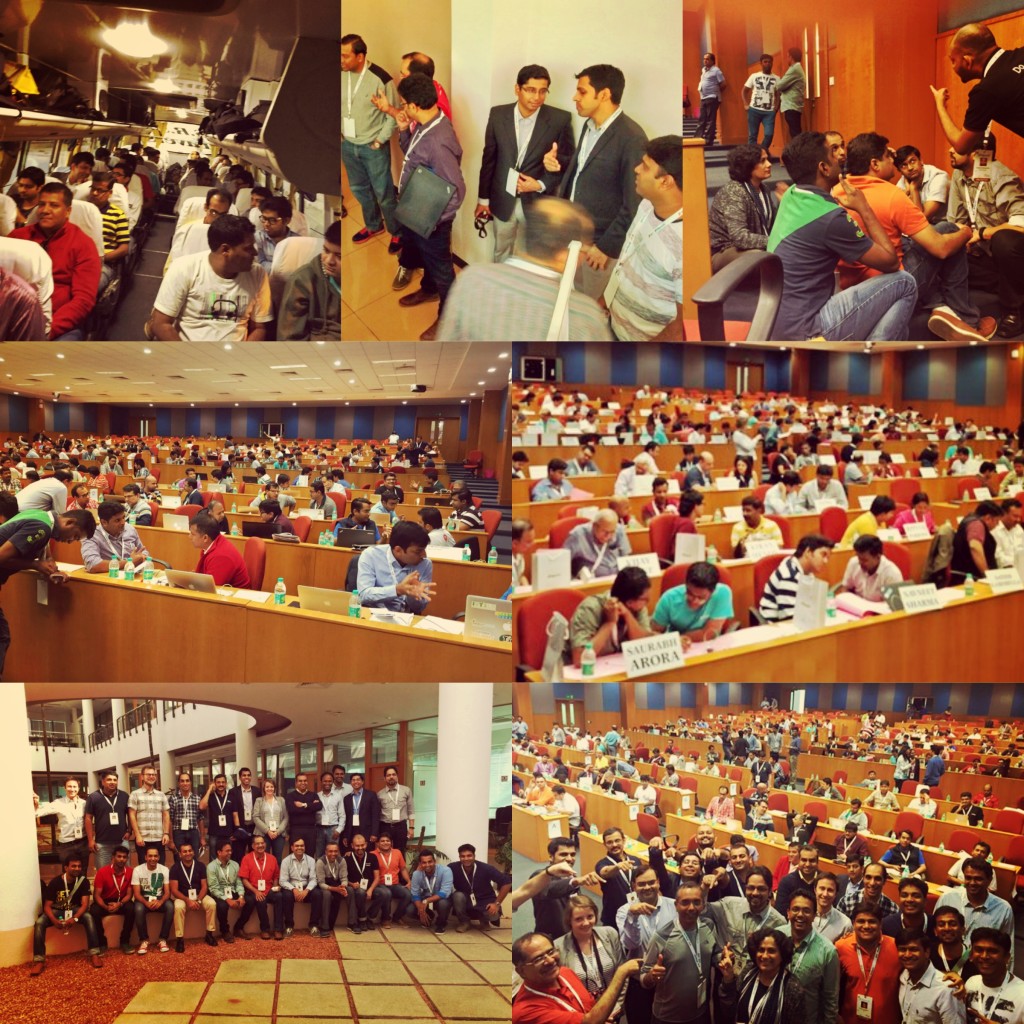



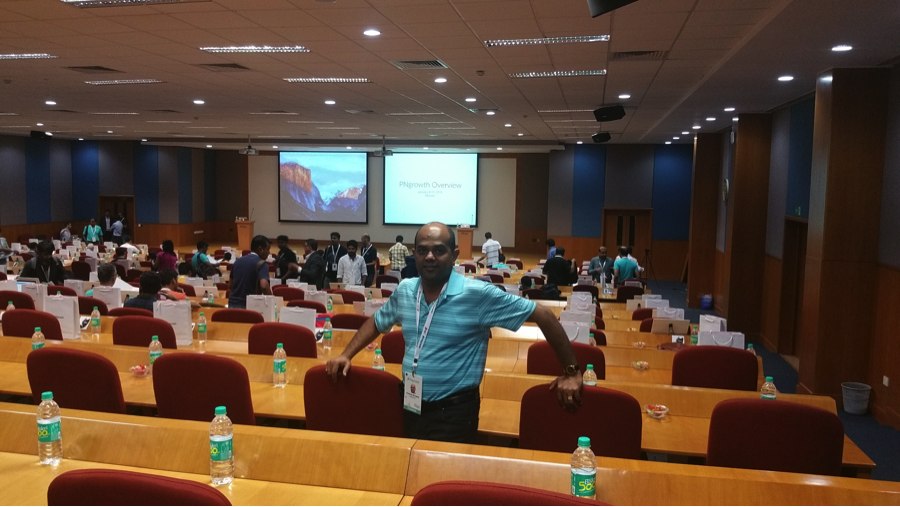
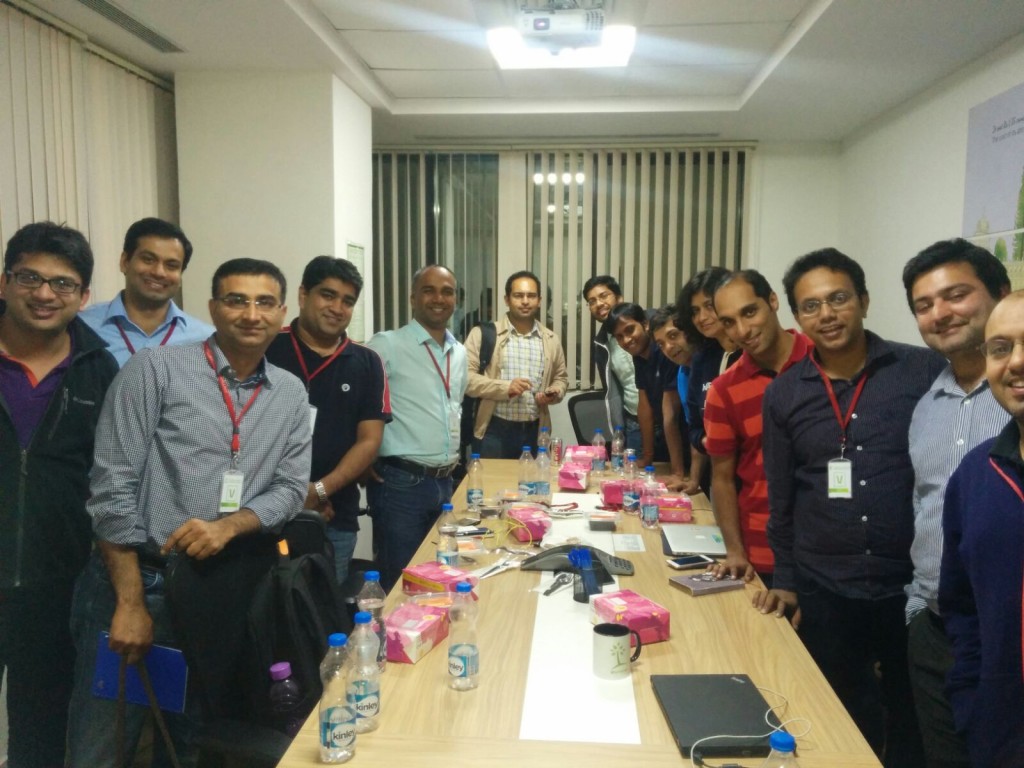 In this Round table, Aneesh was leading and moderating the discussion. He leveraged the experience of other founders which made the most out of few hrs of interaction. The participants are founders of mid-stage startups, who have good-size customers and have decent ARR (Annual Recurring Revenue), growing and scaling.
In this Round table, Aneesh was leading and moderating the discussion. He leveraged the experience of other founders which made the most out of few hrs of interaction. The participants are founders of mid-stage startups, who have good-size customers and have decent ARR (Annual Recurring Revenue), growing and scaling. How to acquire customers in new international market?
How to acquire customers in new international market?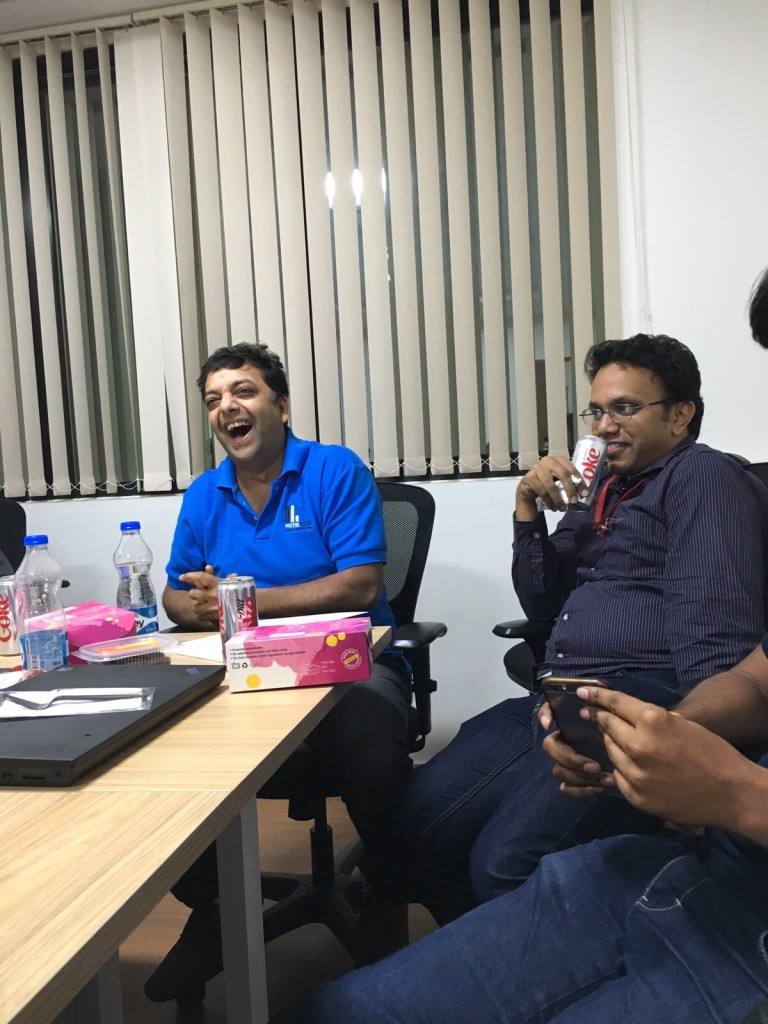 How is to do pricing for your product?
How is to do pricing for your product?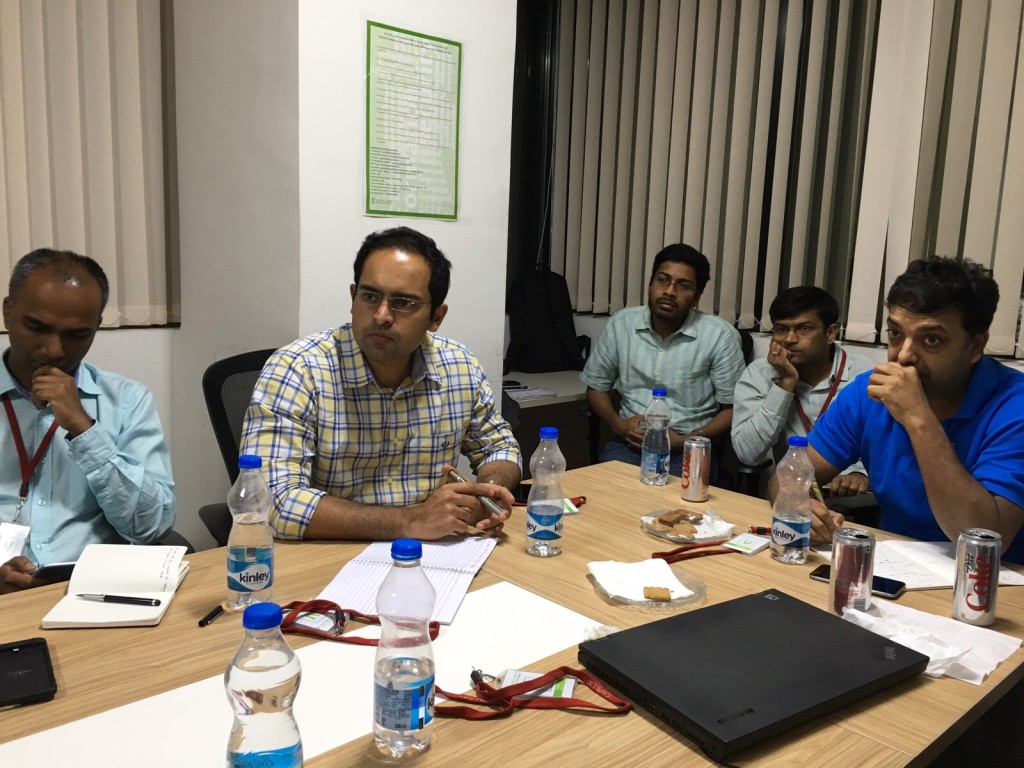 How to provide incentives for your IS(Inside sales) team?
How to provide incentives for your IS(Inside sales) team?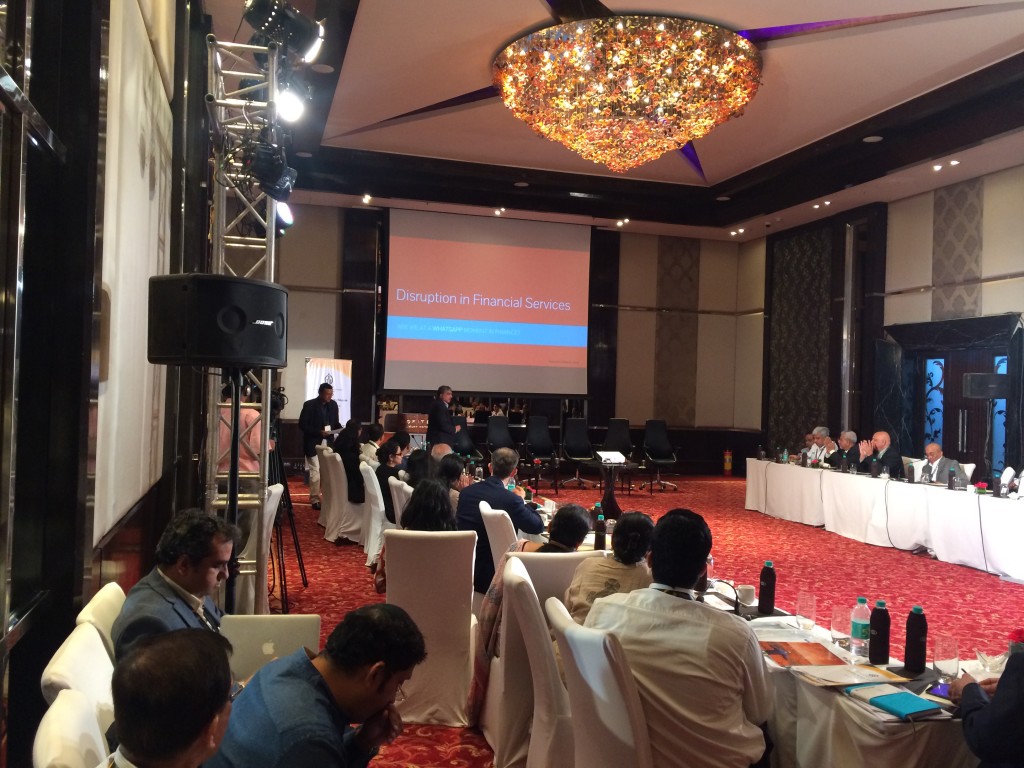 The keynote address was followed by sessions and demos by four select software product companies that have introduced innovative products and / or business models leveraging these influences and making the ‘new’ Fintech happen.
The keynote address was followed by sessions and demos by four select software product companies that have introduced innovative products and / or business models leveraging these influences and making the ‘new’ Fintech happen.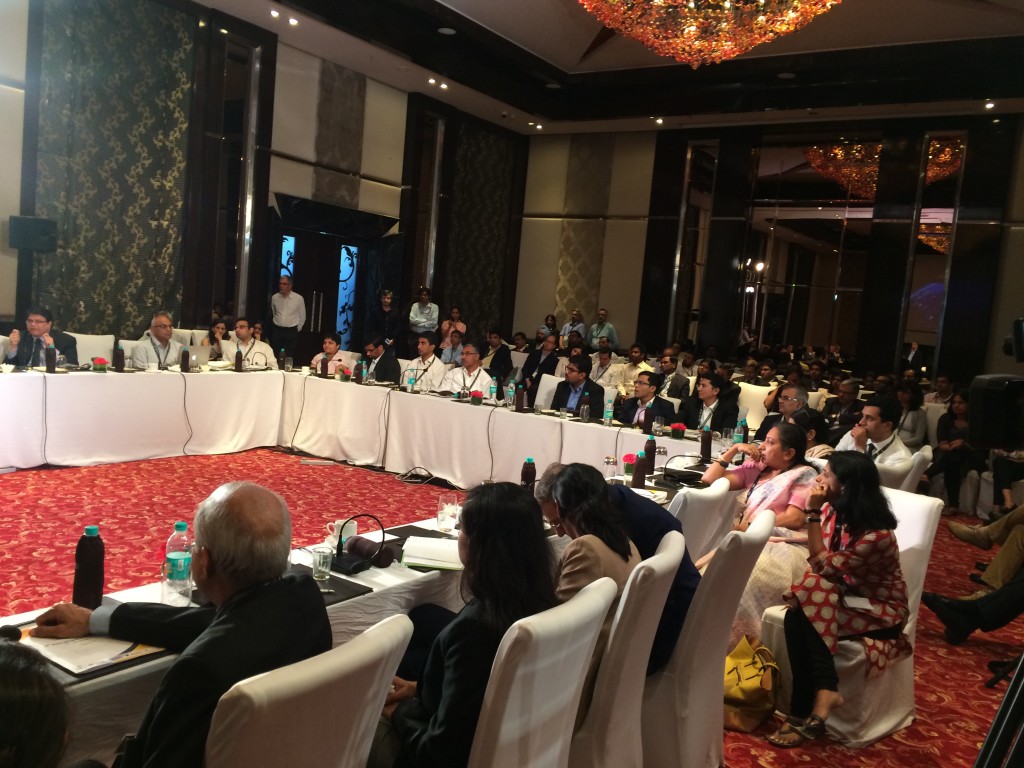 The panel where status quo meets disruption was highly animated discussion led by Prof Phatak and with two participants from the startup/VC community – Haresh Chawla from IVFA & Sanjay Swamy from Prime Ventures – Dr Ajay Shah and Anand Bajaj, Head of Innovation at YesBank. Dr Phatak opened by stating the time is ripe for disruption and to move to a cashless and cardless world of mobile only payments. Mr Chawla was of the view that innovations will come once the cost of moving money between accounts is near zero – and the next wave of innovations will be around applications of low cost payments. Dr Shah was of the view that the regulator still needs to encourage disruptions and remains a risk to the innovation ecosystem if they stop innovations. Mr Bajaj, fresh from the signing of the MOU between YesBank and iSpirt to setup a framework for a banking app store reiterated the bank’s desire to partner with the startups as they innovate. Mr Swamy called for the need to remove some of the obstacles in on-boarding customers for electronic payment acceptance, and asked for a framework for piloting new concepts. Overall the panel raised several real issues that were actively debated – questions from the audience also echoed the fact that most of the points raised were relevant and real issues. Over the coming months we hope the banking industry will address these issues head-on and SRT the stage for India to maximize the opportunity of the new disruptive technologies from Aadhaar to biometric authentication to IMPS and the Unified Payment Interface.
The panel where status quo meets disruption was highly animated discussion led by Prof Phatak and with two participants from the startup/VC community – Haresh Chawla from IVFA & Sanjay Swamy from Prime Ventures – Dr Ajay Shah and Anand Bajaj, Head of Innovation at YesBank. Dr Phatak opened by stating the time is ripe for disruption and to move to a cashless and cardless world of mobile only payments. Mr Chawla was of the view that innovations will come once the cost of moving money between accounts is near zero – and the next wave of innovations will be around applications of low cost payments. Dr Shah was of the view that the regulator still needs to encourage disruptions and remains a risk to the innovation ecosystem if they stop innovations. Mr Bajaj, fresh from the signing of the MOU between YesBank and iSpirt to setup a framework for a banking app store reiterated the bank’s desire to partner with the startups as they innovate. Mr Swamy called for the need to remove some of the obstacles in on-boarding customers for electronic payment acceptance, and asked for a framework for piloting new concepts. Overall the panel raised several real issues that were actively debated – questions from the audience also echoed the fact that most of the points raised were relevant and real issues. Over the coming months we hope the banking industry will address these issues head-on and SRT the stage for India to maximize the opportunity of the new disruptive technologies from Aadhaar to biometric authentication to IMPS and the Unified Payment Interface.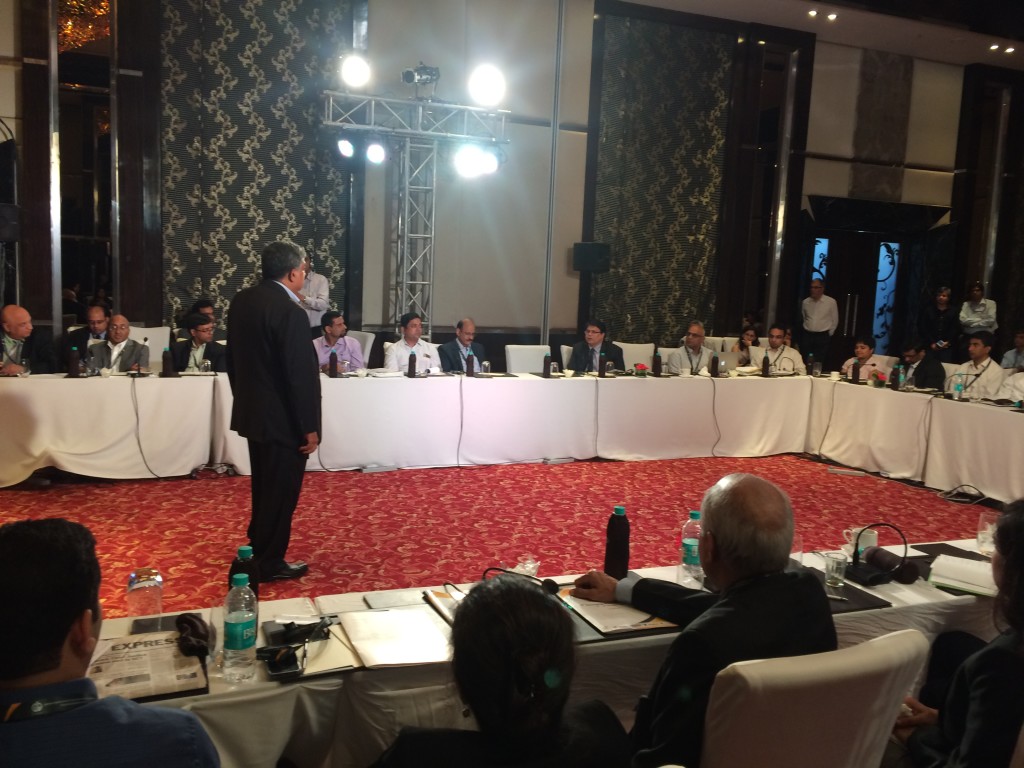 This is was the first Fintech event for iSPIRT in Mumbai and it received record registrations. IGIDR FRG event organizers expressed desire to conduct a dedicated event based on the positive feedback received.
This is was the first Fintech event for iSPIRT in Mumbai and it received record registrations. IGIDR FRG event organizers expressed desire to conduct a dedicated event based on the positive feedback received.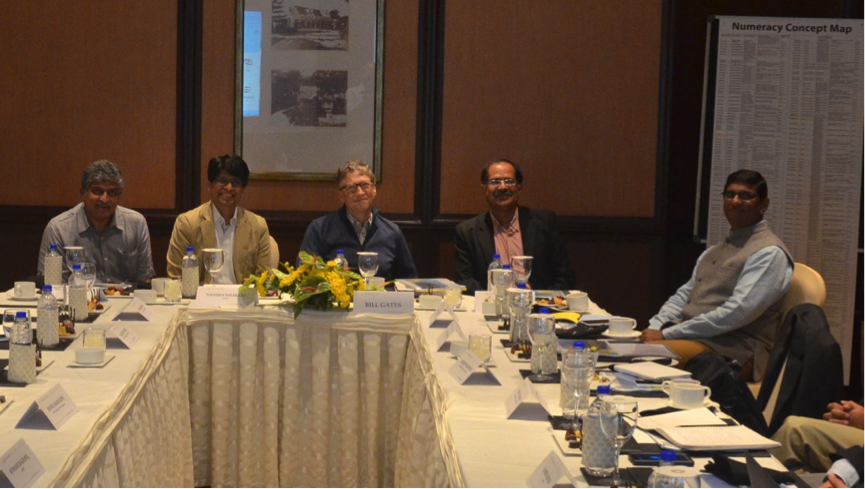 There were three broad themes that were covered — finance, healthcare and education — each of which forms an important part of the Gates Foundation’s work in philanthropy. Product demos included the
There were three broad themes that were covered — finance, healthcare and education — each of which forms an important part of the Gates Foundation’s work in philanthropy. Product demos included the 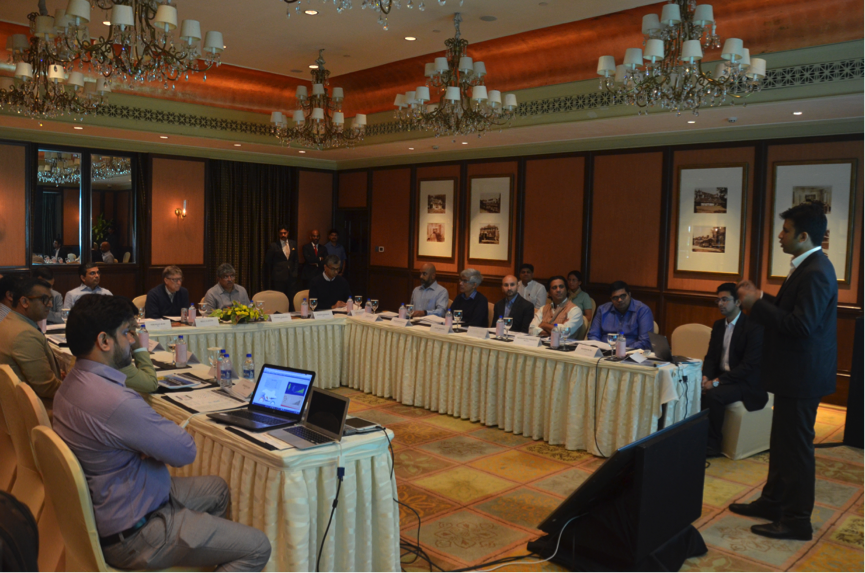 Bill Gates observed that India is producing cutting-edge work and there are few countries which can boast of a digital infrastructure as sophisticated as we are producing here. With such positive encouragement from one of the most accomplished individuals in the world, the vision of transforming India at large through application of technology has received a new impetus.
Bill Gates observed that India is producing cutting-edge work and there are few countries which can boast of a digital infrastructure as sophisticated as we are producing here. With such positive encouragement from one of the most accomplished individuals in the world, the vision of transforming India at large through application of technology has received a new impetus. Guest Post by
Guest Post by  A. First Bhukkad started as there were very few good food options in and around college for food. During my college years, I ran Bhukkad like that. Post that, in 2013, when I graduated, I found that I had a high cholesterol problem and I couldn’t find places to eat. Whatever options were available, were very expensive and were available in a very formal niche environment. Hence the new bhukkad version was born to make food which is fast and also good for the consumers.
A. First Bhukkad started as there were very few good food options in and around college for food. During my college years, I ran Bhukkad like that. Post that, in 2013, when I graduated, I found that I had a high cholesterol problem and I couldn’t find places to eat. Whatever options were available, were very expensive and were available in a very formal niche environment. Hence the new bhukkad version was born to make food which is fast and also good for the consumers.